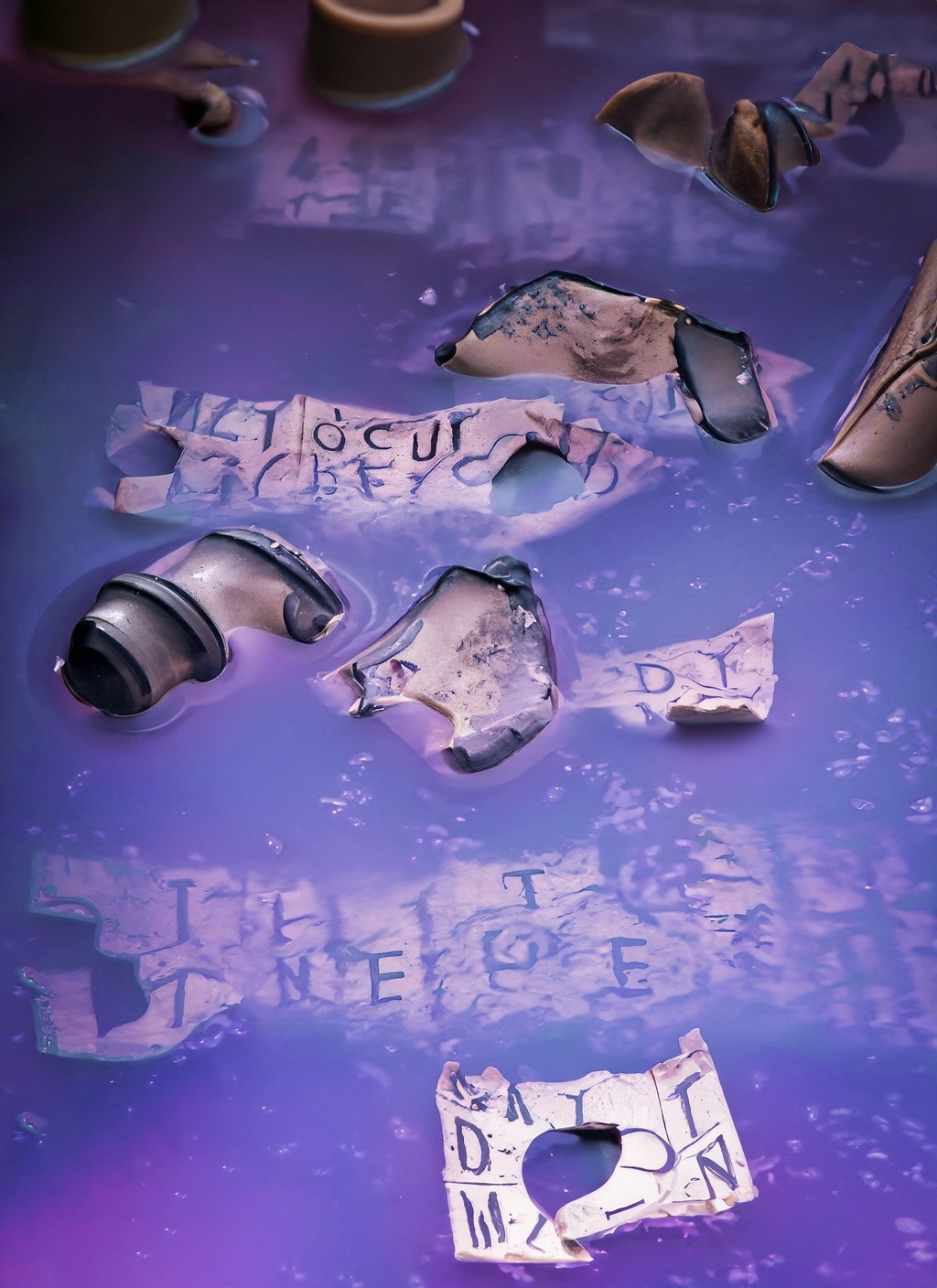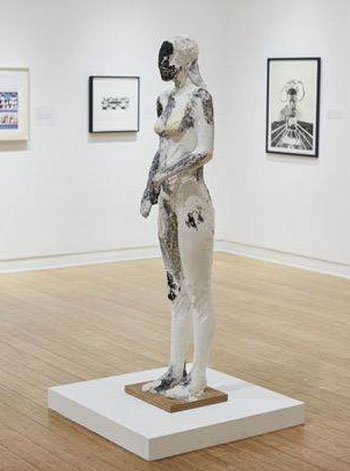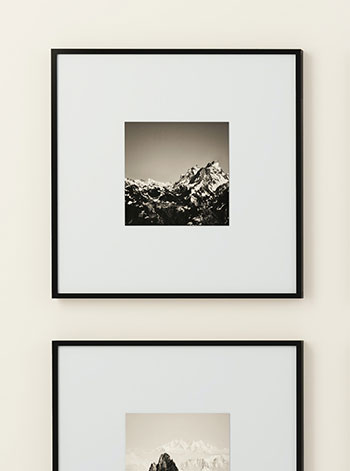Italiano
"Gerace fonda le sue radici in antichi stanziamenti, diverse le testimonianze archeologiche e storico-artistiche narrano la sua antichissima storia. Con la definizione di Cittadella Vescovile si qualifica, dalla seconda metà del secolo scorso, l’imponente complesso architettonico che per più di mille anni fu sede dell’episcopato di Gerace fondato dal IV secolo. Costruita nel 1045 circa sotto la dominazione normanna, la Cittadella, infatti, è stata la dimora principale dei vescovi geracesi, sede della Curia Episcopalis e madre di tutte le chiese della Diocesi. L’antico complesso architettonico ha subito nei secoli notevoli trasformazioni anche a causa di numerosi eventi sismici che ne hanno minato le strutture originali. Dalla metà del XX secolo, una serie di indagini e ricerche seguite da importanti interventi di restauro – tuttora in corso in alcuni ambienti collaterali – hanno riconsegnato all’edificio basilicale le originali, essenziali e severe forme medievali. La Cittadella Vescovile è oggi costituita da: la Basilica, il Museo diocesano di Gerace, il Palazzo Vescovile con annesso piccolo chiostro con un giardino di rose e piante rare e numerosi altri locali. Al livello inferiore del presbiterio vi è la cripta che si estende per circa cinquecento mq, sorretta da ventisei colonne di vario genere, tipo ed epoche. Una parte di tale ambiente costituisce il nucleo originale della primitiva cattedrale, sopraelevata e ampliata dai Normanni.
Diversi gli ambienti che caratterizzano la cripta, qui Inermĭa, prende forma per evocare e narrare attraverso il fiore del cappero, che campeggia sulle pareti del sontuoso complesso architettonico ecclesiastico di Gerace, una storia sempre in divenire della Cittadella Vescovile, suggestiva e imponente, i cui luoghi conservano storie di uomini e donne che hanno preso parte alla fondazione di uno dei territori più antichi della Calabria, la cui collocazione geografica, a circa cinquecento metri sul livello del mare, si rivela su un agglomerato di fossili marini a metà strada tra il massiccio aspro montano a occidente, e il mare a oriente.
Inermĭa - Persistenza e costanza – evoca gli elementi naturali del luogo, terra e mare, e il genius loci. I due lati del confine terracqueo immaginifico da cui nasce il borgo di Gerace, l’opera che si sviluppa su più canali e punti espositivi, orientati in base ai punti cardinali est ed ovest, ovvero l’orientamento delle antiche cattedrali normanne, prende attualmente le forme di progetto espositivo. Sul versante occidentale – ovest - del confine simbolico, è evocato l’elemento terra mediante il fiore di cappero che sboccia, i cui petali si frammentano e fluttuano per poi dissolversi in parole simboliche su concetti, poetiche e dinamiche storiche e leggendarie.
Sul versante orientale (est), in prossimità del pozzo che scandisce gli spazi esterni della corte del palazzo vescovile, si celebra l’elemento acqua in cui il fluttuare di frammenti archeologici ceramici e cartacei, come i fiori del cappero, si dissolvono in parole simbolo dell’antichissima stratigrafia di cultura e mistero che avvolge la fondazione della madre di tutte le chiese della Diocesi di Locri – Gerace.







